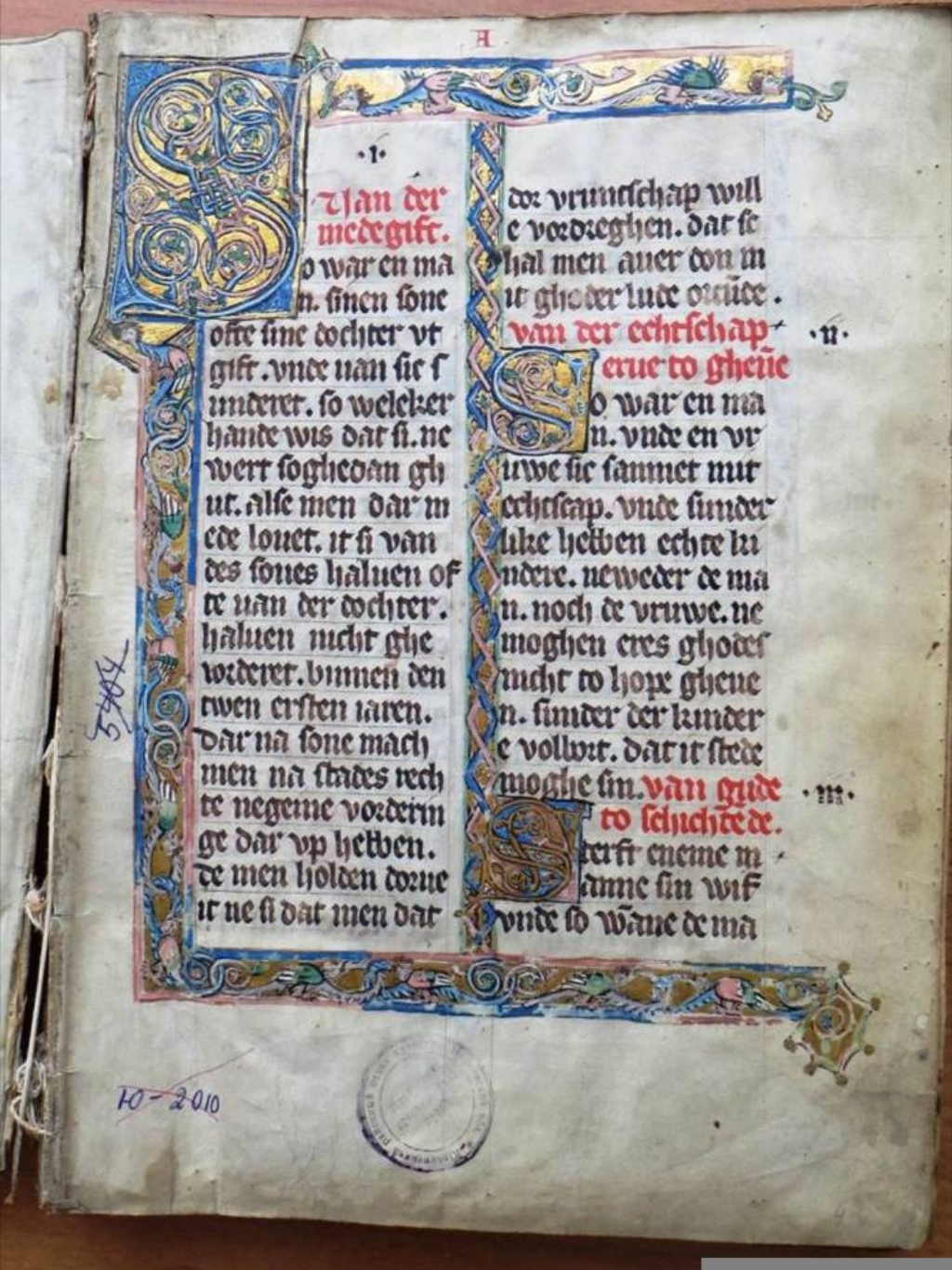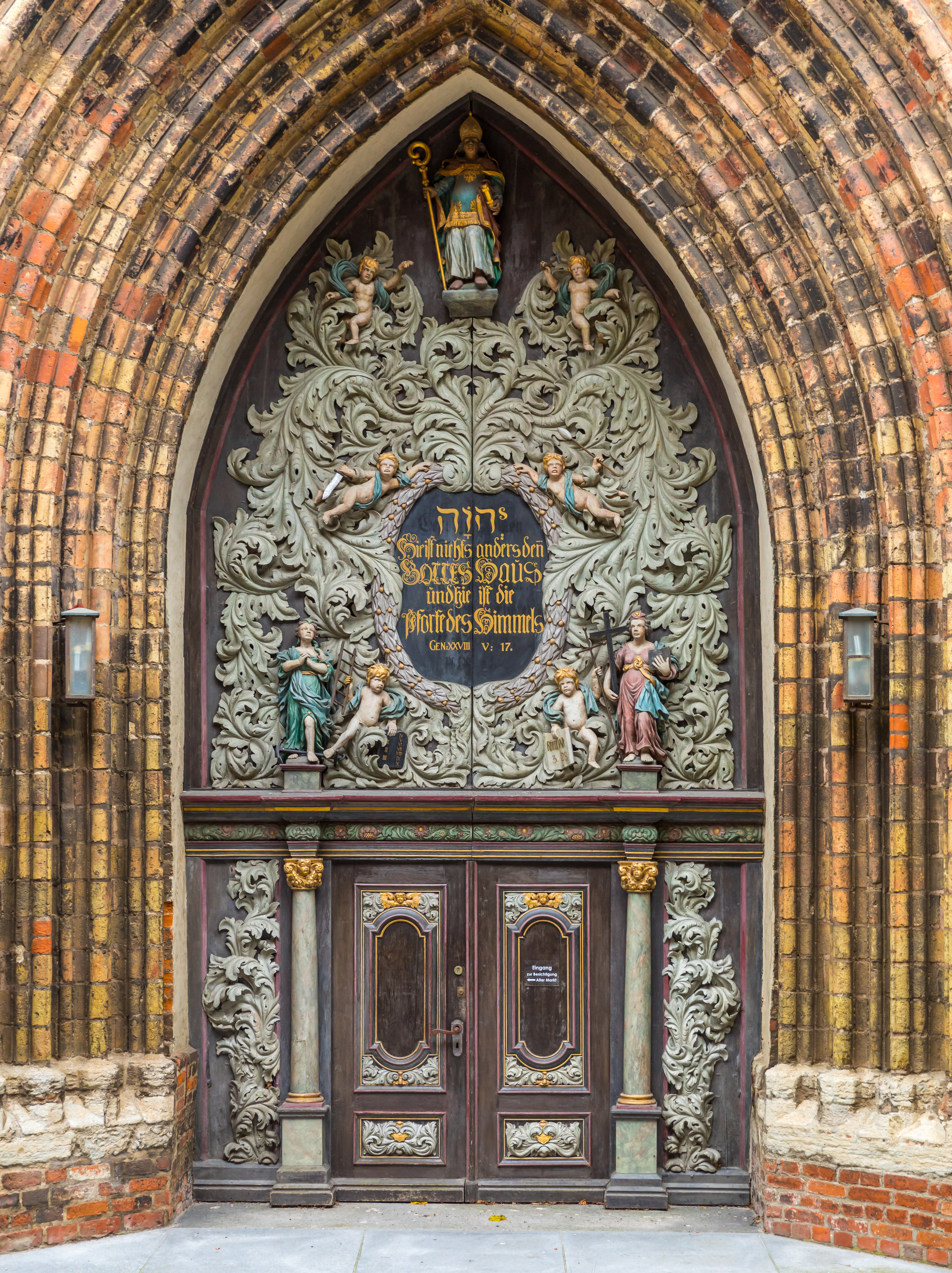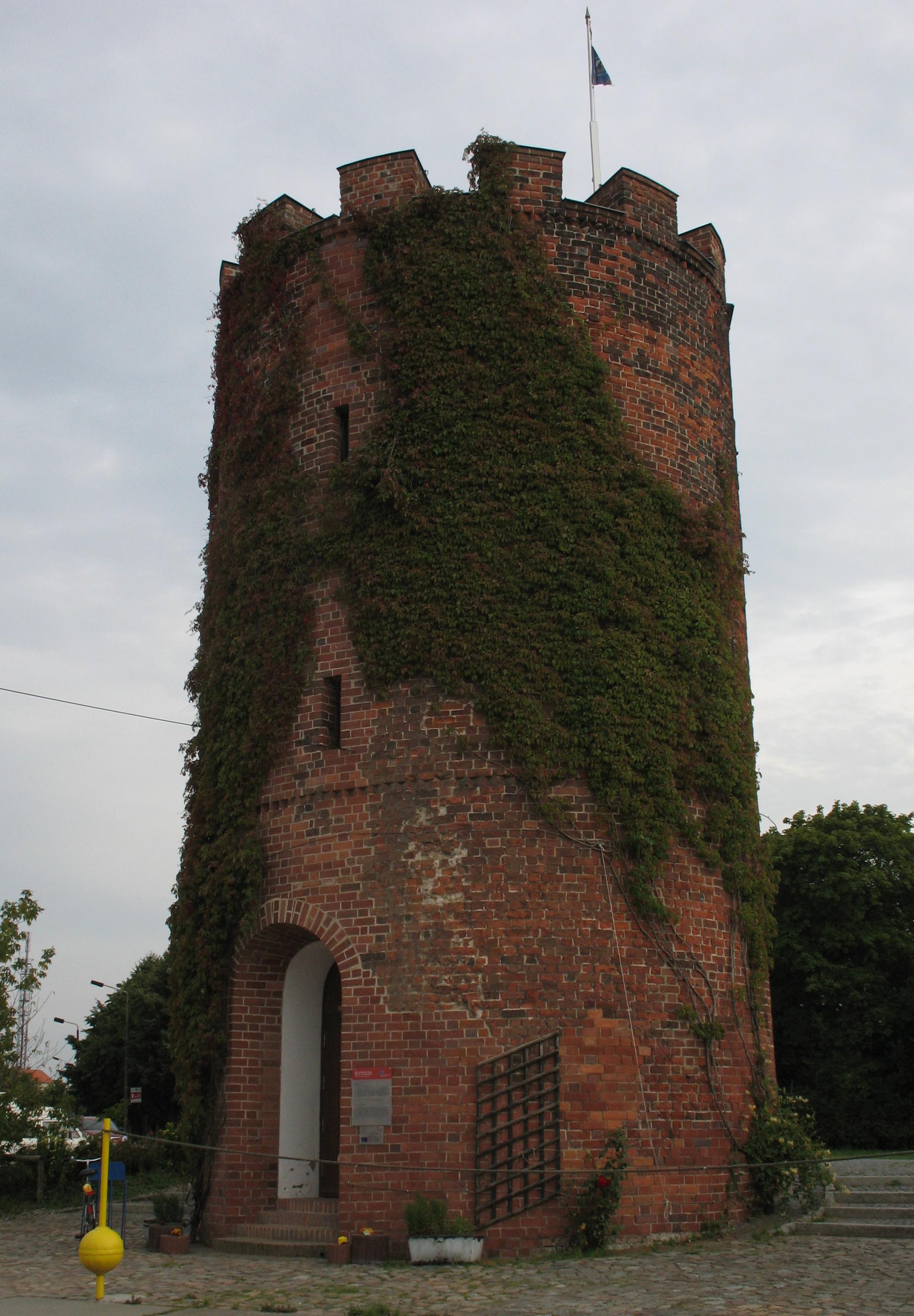|
Philipp Julius, Duke Of Pomerania
Philipp Julius (27 December 1584, in Wolgast – 6 February 1625) was List of Pomeranian duchies and dukes, duke of Pomerania in the ''Teilherzogtum'' Pomerania-Wolgast from 1592 to 1625. Biography Early life Philipp Julius was the son of Ernst Ludwig, Duke of Pomerania, and Sophia Hedwig, daughter of Julius of Brunswick-Lüneburg.Thümmel (2002), p.87 Ernst Ludwig died on 17 July 1592. From 1592 to 1603, Philipp Julius was under the tutelage of his uncle, Bogislaw XIII, Duke of Pomerania, Bogislaw XIII. During this time, he received his education at the University of Leipzig,Stannek (2001), p.88 and afterwards travelled to nearly all courts from England to Italy.Wade (2003), p.66 On 25 June 1604,Hildisch (1980), p.97 he married Agnes of Brandenburg (1584-1629), daughter of John George, Elector of Brandenburg and his second wife, Elisabeth of Principality of Anhalt-Zerbst, Anhalt-Zerbst. A month after his marriage, Philipp Julius reached his majority and took on his position as ... [...More Info...] [...Related Items...] OR: [Wikipedia] [Google] [Baidu] |
Pomerania-Wolgast
The Duchy of Pomerania-Wolgast, also known as the Duchy of Wolgast, and the Duchy of Wołogoszcz, was a feudal duchy in Western Pomerania within the Holy Roman Empire. Its capital was Wolgast. It was ruled by the Griffin dynasty.Edward Rymar, ''Rodowód książąt pomorskich'', p. 170. It existed in the Late Middle Ages era from 1295 to 1478. The state was formed in 1160, in the partition of the Duchy of Pomerania, with duke Bogislaw IV, as its first ruler. In 1478, the state was incorporated into the re-unified Duchy of Pomerania, under the rule of duke Bogislaw X.Zdzisław Machura, O Księżnych i Książętach znanych z historii miasta Słupska: publikacja wydana z okazji X Jubileuszowego Jarmarku Gryfitów'. During its existence, part of its territory was partitioned into Pomerania-Stolp (1368), Pomerania-Neustettin (1368),Werner Buchholz, ''Pommern'', Siedler, 1999, pp.143,146,147 Pomerania-Barth (1376), and Pomerania-Stargard (1377).''Gryfici. Książęta Pomorza Zachodn ... [...More Info...] [...Related Items...] OR: [Wikipedia] [Google] [Baidu] |
Dutch Republic
The United Provinces of the Netherlands, commonly referred to in historiography as the Dutch Republic, was a confederation that existed from 1579 until the Batavian Revolution in 1795. It was a predecessor state of the present-day Netherlands and the first independent Dutch people, Dutch nation state. The republic was established after seven Dutch provinces in the Spanish Netherlands Dutch Revolt, revolted against Spanish Empire, Spanish rule, forming a mutual alliance against Spain in 1579 (the Union of Utrecht) and declaring their independence in 1581 (the Act of Abjuration). The seven provinces it comprised were Lordship of Groningen, Groningen (present-day Groningen (province), Groningen), Lordship of Frisia, Frisia (present-day Friesland), Lordship of Overijssel, Overijssel (present-day Overijssel), Duchy of Guelders, Guelders (present-day Gelderland), lordship of Utrecht, Utrecht (present-day Utrecht (province), Utrecht), county of Holland, Holland (present-day North Holla ... [...More Info...] [...Related Items...] OR: [Wikipedia] [Google] [Baidu] |
Inflation
In economics, inflation is an increase in the average price of goods and services in terms of money. This increase is measured using a price index, typically a consumer price index (CPI). When the general price level rises, each unit of currency buys fewer goods and services; consequently, inflation corresponds to a reduction in the purchasing power of money. The opposite of CPI inflation is deflation, a decrease in the general price level of goods and services. The common measure of inflation is the inflation rate, the annualized percentage change in a general price index. Changes in inflation are widely attributed to fluctuations in Real versus nominal value (economics), real demand for goods and services (also known as demand shocks, including changes in fiscal policy, fiscal or monetary policy), changes in available supplies such as during energy crisis, energy crises (also known as supply shocks), or changes in inflation expectations, which may be self-fulfilling. Moderat ... [...More Info...] [...Related Items...] OR: [Wikipedia] [Google] [Baidu] |
Mark (money)
The mark was a currency or unit of account in many states. It is named for the mark unit of weight. The word ''mark'' comes from a merging of three Germanic words, Latinised in 9th-century post-classical Latin as ', ', ' or '. It was a measure of weight mainly for gold and silver, commonly used throughout Europe and often equivalent to . Considerable variations, however, occurred throughout the Middle Ages. the only circulating currency named "mark" is the Bosnia and Herzegovina convertible mark. List of currencies named "mark" or similar "Mark" can refer * to one of the following historical German currencies: ** Since the 11th century: the , used in the Electorate of Cologne; ** 1319: the , minted and used by the North German Hanseatic city of Stralsund and various towns in Pomerania; ** 1502: the , a uniform coinage for the '' Wends'' () Hanseatic cities of Lübeck, Hamburg, Wismar, Lüneburg, Rostock, Stralsund, Anklam, among others, who joined the Wends Coinage Uni ... [...More Info...] [...Related Items...] OR: [Wikipedia] [Google] [Baidu] |
Bergen Auf Rügen
Bergen auf Rügen is the capital of the former district of Rügen in the middle of the island of Rügen in Mecklenburg-Western Pomerania, Germany. Since 1 January 2005, Bergen has moreover been the administrative seat of the '' Amt'' of Bergen auf Rügen, which with a population of over 23,000 is Mecklenburg-Vorpommern's most populous ''Amt''. Geography Location Bergen is in the middle of Germany's biggest island, Rügen, on the Baltic Sea coast. The town lies in a hilly area, with the Rugard woods on the town's northeast outskirts reaching a height of 91 m above sea level. The area around Bergen is predominantly agricultural. The town itself is built on a glacial moraine deposited when the ice sheets retreated during the last ice age. Not far from central Bergen, to the northeast, is the Kleiner Jasmunder Bodden, a shallow bay, and to the southeast lies another bay, the Greifswalder Bodden, and with the town of Putbus. South of the town is the Kiebitzmoor ("Peewit Mo ... [...More Info...] [...Related Items...] OR: [Wikipedia] [Google] [Baidu] |
German Town Law
The German town law () or German municipal concerns (''Deutsches Städtewesen'') was a set of early town privileges based on the Magdeburg rights developed by Otto I. The Magdeburg law became the inspiration for regional town charters not only in Germany, but also in Central and Eastern Europe who modified it during the Middle Ages. The German town law (based on the Magdeburg rights) was used in the founding of many German cities, towns, and villages beginning in the 13th century. History As Germans began establishing towns throughout northern Europe as early as the 10th century, they often received town privileges granting them autonomy from local secular or religious rulers. Such privileges often included the right to self-governance, economic autonomy, criminal courts, and militia. Town laws were more or less entirely copied from neighboring towns, such as the Westphalian towns of Soest, Dortmund, Minden, and Münster. As Germans began settling eastward, the colonists m ... [...More Info...] [...Related Items...] OR: [Wikipedia] [Google] [Baidu] |
Lübeck Law
The Lübeck law () was the family of codified municipal law developed at Lübeck, which became a free imperial city in 1226 and is located in present-day Schleswig-Holstein. It was the second most prevalent form of municipal law in medieval and early modern Germany next to the Magdeburg Law. Lübeck Law provided for municipal self-government and self-administration yet did not negate dependence upon a lord, be it a bishop, duke, king or, in Lübeck's case, an emperor. Instead, it allowed the cities a certain degree of autonomy and self-reliance in legislative, judicial and executive matters. While these authorities were vested in the city council (Rat), the members of which could be elected by co-option, the Lübeck Law represents a significant modernization of governance in that a class of burghers, as opposed to nobles, were responsible for the day-to-day affairs of governing. The Lübeck Law is not analogous to Hanseatic law. Hanseatic cities adopted either Lübeck or Magde ... [...More Info...] [...Related Items...] OR: [Wikipedia] [Google] [Baidu] |
Stralsund
Stralsund (; Swedish language, Swedish: ''Strålsund''), officially the Hanseatic League, Hanseatic City of Stralsund (German language, German: ''Hansestadt Stralsund''), is the fifth-largest city in the northeastern German federal state of Mecklenburg-Western Pomerania after Rostock, Schwerin, Neubrandenburg and Greifswald, and the second-largest city in the Pomeranian part of the state. It is located on the southern coast of the Strelasund, a Sound (geography), sound of the Baltic Sea separating the island of Rügen from the Pomeranian mainland.''Britannica Online Encyclopedia'', "Stralsund" (city), 2007, webpageEB-Stralsund The Strelasund Crossing with its two bridges and several ferry services connects Stralsund with Rügen, the largest island of Germany and Pomerania. The Western Pomeranian city is the seat of the Vorpommern-Rügen district and, together with Greifswald, Stralsund forms one of four high-level List of cities in Mecklenburg-Vorpommern, urban centres of the region ... [...More Info...] [...Related Items...] OR: [Wikipedia] [Google] [Baidu] |
Greifswald
Greifswald (), officially the University and Hanseatic City of Greifswald (, Low German: ''Griepswoold'') is the fourth-largest city in the German state of Mecklenburg-Western Pomerania after Rostock, Schwerin and Neubrandenburg. In 2021 it surpassed Stralsund for the first time, and became the largest city in the Pomeranian part of the state. It sits on the River Ryck, at its mouth into the Danish Wiek, a sub-bay of the Bay of Greifswald, which is itself a sub-bay of the Bay of Pomerania of the Baltic Sea. It is the seat of the district of Vorpommern-Greifswald, Western Pomerania-Greifswald, and is located roughly in the middle between the two largest Pomeranian islands of Rügen and Usedom. The closest larger cities are Stralsund, Rostock, Szczecin and Schwerin. It lies west of the River Zarow, the historical cultural and linguistic boundary between West (west of the river) and Central Pomerania (east of the river). The city derives its name from the dukes of Pomerania, the Hous ... [...More Info...] [...Related Items...] OR: [Wikipedia] [Google] [Baidu] |
Hanseatic League
The Hanseatic League was a Middle Ages, medieval commercial and defensive network of merchant guilds and market towns in Central Europe, Central and Northern Europe, Northern Europe. Growing from a few Northern Germany, North German towns in the late 12th century, the League expanded between the 13th and 15th centuries and ultimately encompassed nearly 200 settlements across eight modern-day countries, ranging from Tallinn in Estonia in the east, Bergen (Bjørgvin) in Norway to the North to the Netherlands in the west, and extended inland as far as Cologne, Prussia (region), the Prussian regions and Kraków, Poland. The League began as a collection of loosely associated groups of German traders and towns aiming to expand their commercial interests, including protection against robbery. Over time, these arrangements evolved into the League, offering traders toll privileges and protection on affiliated territory and trade routes. Economic interdependence and familial connections am ... [...More Info...] [...Related Items...] OR: [Wikipedia] [Google] [Baidu] |
Rügen
Rügen (; Rani: ''Rȯjana'', ''Rāna''; , ) is Germany's largest island. It is located off the Pomeranian coast in the Baltic Sea and belongs to the state of Mecklenburg-Western Pomerania. The "gateway" to Rügen island is the Hanseatic city of Stralsund, where it is linked to the mainland by road and railway via the Rügen Bridge and Causeway, two routes crossing the two-kilometre-wide Strelasund, a sound of the Baltic Sea. Rügen has a maximum length of (from north to south), a maximum width of in the south and an area of . The coast is characterised by numerous sandy beaches, lagoons () and open bays (), as well as peninsulas and headlands. In June 2011, UNESCO awarded the status of a World Heritage Site to the Jasmund National Park, characterised by vast stands of beeches and chalk cliffs like King's Chair, the main landmark of Rügen island. The island of Rügen is part of the district of Vorpommern-Rügen, with its county seat in Stralsund. The towns on Rüg ... [...More Info...] [...Related Items...] OR: [Wikipedia] [Google] [Baidu] |
Courland
Courland is one of the Historical Latvian Lands in western Latvia. Courland's largest city is Liepāja, which is the third largest city in Latvia. The regions of Semigallia and Selonia are sometimes considered as part of Courland as they were formerly held by the same duke. The literal meaning of the name is "Land of Curonians". Geography and climate Situated in western Latvia, Courland roughly corresponds to the former Latvian districts of Kuldīga, Liepāja, Saldus, Talsi, Tukums and Ventspils. When combined with Semigallia and Selonia, Courland's northeastern boundary is the Daugava River, which separates it from the regions of Latgale and Vidzeme. To the north, Courland's coast lies along the Gulf of Riga. On the west it is bordered by the Baltic Sea, and on the south by Lithuania. It lies between 55° 45′ and 57° 45′ North and 21° and 27° East. The name is also found in the Curonian Spit and Lithuanian ''Karšuvos giria'' - the Courland wood. The area c ... [...More Info...] [...Related Items...] OR: [Wikipedia] [Google] [Baidu] |







